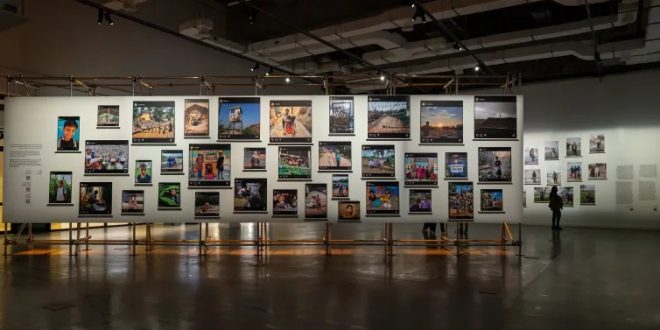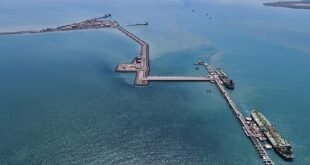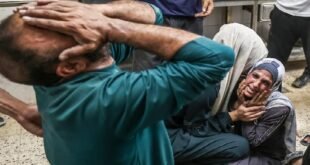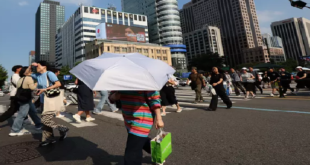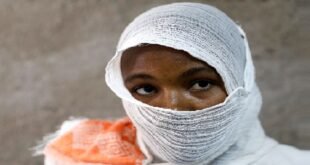14-05-2023
DOHA: A rainbow forming over thatched huts, children frolicking on dusty streets, women being busy with household chores, these are just some of the scenes on display inside a major art space in the heart of Qatar’s capital.
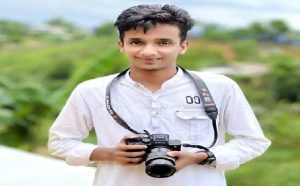 Taken by three young Rohingya refugees Omal Khair, Dil Kayas and Azimul Hasson, the award-winning images are exhibited at Tasweer, a biennial photo festival in Doha.
Taken by three young Rohingya refugees Omal Khair, Dil Kayas and Azimul Hasson, the award-winning images are exhibited at Tasweer, a biennial photo festival in Doha.
They capture daily life at the world’s largest refugee camp at Cox’s Bazaar in Bangladesh, painting a picture of hope and resilience.
More than a million Rohingya have been living in difficult conditions at the refugee camp after fleeing persecution and a brutal crackdown by the army in neighboring Myanmar 2017.
Nearly six years on, the largely Muslim ethnic minority are confined to the severely overcrowded and unsanitary living spaces with little hope of returning to their homeland in Myanmar. Authorities in the host nation, meanwhile, are increasingly imposing restrictions on their movements.
“I want to tell the world the situation of my people in the refugee camp,” 20-year-old Hasson told media over the phone from Cox’s Bazaar.
“It’s a dream come true for me,” he added, referring to the exhibition running at M7, a fashion and design hub, until May 20.
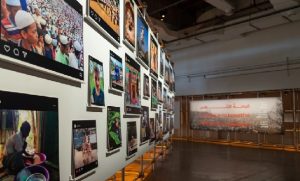 The three photographers have been documenting life at the camp since becoming media fellows with the Fortify Rights NGO and the Doha Debates platform in 2018.
The three photographers have been documenting life at the camp since becoming media fellows with the Fortify Rights NGO and the Doha Debates platform in 2018.
The images, which were posted on their Instagram accounts, were compiled into A Chance to Breathe, a book published in August last year to mark five years since the Myanmar’s army crackdown.
Vanessa Chong, of Fortify Rights, said the project was conceived with the goal of supporting budding refugee photographers and equipping them with “skills and equipment to tell their stories” and “over the course of the last few years, we have been training them several times and trying to curate their pictures so that the photos best present them,” she told media.
Jigar Mehta, the deputy managing director of Doha Debates, said he believed the project could become a template and inspire others to amplify refugee voices.
“If you look at the photos they created in the beginning versus the kind of content they are creating now it’s completely transformed because they have just grown themselves as photographers,” he told media. (Int’l News Desk)
 Pressmediaofindia
Pressmediaofindia
